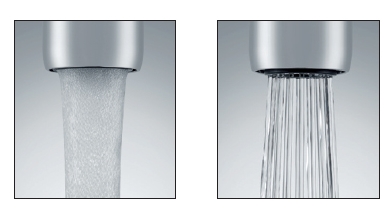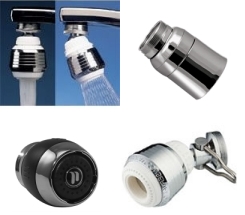Daily water usage racks up your water bill fast, especially in the summer heat. Sometimes it may be hard to even recognize how much water we use in a day because of our busy schedules. Lets be honest, at the end of the day when you get home from work and prop your feet up, your water bill is probably one of the last things on your mind. So, how is a household or a business supposed to be able to monitor or reduce their daily water consumption and find the time in such a fast paced world?
There is a simple solution to this. At Conservation Mart, we have an inexpensive way for you to conserve water. We carry water savings kits that are catered to indoor and/or outdoor use.
Items that you would typically find in one of our indoor water savings kits would be:
- A Low Flow Showerhead – Reduce shower water use up to 30%
- Faucet Aerators – Cut down on faucet usage up to 50%
- Toilet Leak Detection Tablets – Alert you of a leak, saving potentially thousands of dollars
- Toilet Tank Banks – Save up to 1 gallon of water per flush

- Garden Hose Spray Nozzle – Limits the amount of water used by the garden hose
- Moisture Meter – Gives you the moisture level of your soil to avoid over-watering plants
- Rain Gauge – Measures rainfall to also help avoid over-watering
- Water Conservation Wheel – Full of tips on various ways to save water

Both indoor and outdoor water saving items are easy to install (if installation is even needed) and start conserving water instantly! (Which means a lower water bill for you.) Visit our site to view all of the water saving kits available. Using these products to conserve and save is the perfect solution in this fast paced world!












